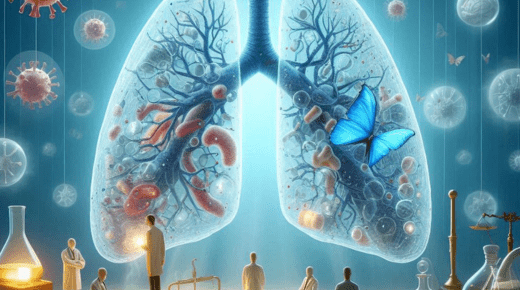
We often don’t think about our breathing until it becomes difficult. That’s where pulmonologists come in. They are the detectives of the medical world, with a focus on our lungs and breathing. They tackle everything from asthma to sleep disorders Bridgewater. Today, we delve into a critical area of their expertise – Tuberculosis. Unveiling the pulmonologist’s role in managing this age-old disease, this blog aims to shed light on their invaluable contribution.
What Does a Pulmonologist Do?
Pulmonologists diagnose and treat illnesses affecting the respiratory tract. They make sure we take our next breath with ease. But they do much more than just help us breathe easy. They are on a constant quest to conquer respiratory diseases, one breath at a time. Tuberculosis is one such illness that falls under their radar.
Tuberculosis – A Brief Overview
Tuberculosis, or TB, is a contagious infection that typically attacks the lungs. It’s caused by the bacteria Mycobacterium tuberculosis. Although it’s largely a disease of the past in many parts of the world, it still causes significant health concerns in others.
The Role of a Pulmonologist in Tuberculosis Management
Pulmonologists play a pivotal role in TB management. They diagnose the illness, manage the treatment, and oversee the recovery process. They not only monitor the patient’s physical progress but also their overall well-being.
Diagnosis involves identifying the disease in its early stages. This can include a range of tests like a skin test, a chest x-ray, or a sputum test. Once TB is confirmed, the pulmonologist will guide the treatment process. They’ll design a treatment plan tailored to the patient’s specific condition. This usually involves a course of several antibiotics over a period of six to nine months.
Managing TB doesn’t end with just treatment. Pulmonologists also track the patient’s recovery progress, assess their response to treatment, and make adjustments as necessary. They aim to ensure that the patient not only recovers from TB but also regains their overall health and well-being.
Table: The Journey of a TB Patient with a Pulmonologist
- Diagnosis: Identification of the disease
- Treatment: Designing and managing a tailored treatment plan
- Recovery: Monitoring progress and adjusting treatment as necessary
In conclusion, pulmonologists work tirelessly to help us breathe easily. They are the key players in managing diseases like tuberculosis. Recognizing their role can help us appreciate their invaluable contribution to our health and well-being.
